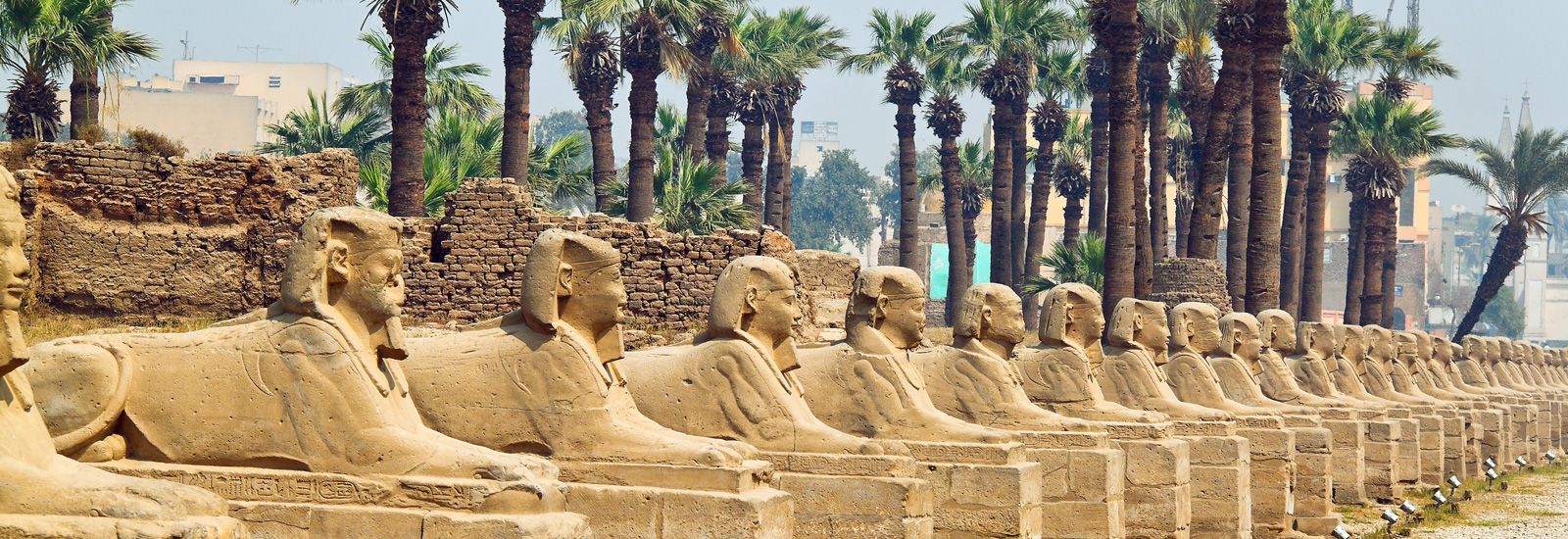
Middle East & North Africa region
Oxford is one of the leading centres in the English-speaking world for the study of the Middle East. Study of the region began with the establishment of the Laudian Professorship of Arabic in 1636.
Today, a wide range of subjects relating to the region, its languages, history and cultures, are studied and taught at Oxford.
Middle East and North Africa studies at Oxford
The Faculty of Asian and Middle Eastern Studies is one of two main centres at Oxford that study the region. It offers a wide range of undergraduate and postgraduate programmes that include Arabic, Persian and Hebrew as well as some of the region’s ancient or less-commonly spoken languages. Associated with the faculty are the Khalili Research Centre for the art and material culture of the Middle East; The Griffith Institute for Egyptology and ancient near-Eastern studies; and the Centre for Hebrew and Jewish Studies, which provides the faculty’s coverage of those subjects.
The other major centre for the region is the Middle East Centre at St Antony’s College, an interdisciplinary centre for the study of the modern Middle East. Its resources include an exceptional library and archive of material related to the region. Its facilities include the RIBA award-winning Investcorp Building, designed by the late Dame Zaha Hadid.
Libraries and Museums
The Bodleian Library has some important collections relating to the region, notably a major collection of Islamic manuscripts in Arabic, Persian and Turkish. It is also one of only a few libraries in the world that hold significant portions of the Cairo genizah, a unique collection of documents accumulated over centuries by the Jewish community of Old Cairo, which now can provide insight into the medieval Jewish world.
The Ashmolean Museum has an important collection of art and archaeology from the Middle East and has a dedicated Islamic Middle East gallery. Its holdings include important collections of ceramics, textiles and other works, as well as the Cresswell Archive, a unique collection of photographic negatives of Islamic architecture taken by the architectural historian Professor K.A.C. Creswell.
Other highlights of Oxford’s Middle East-related holdings are the Pitt Rivers Museum’s collection of photographs of Arabia taken by Sir Wilfred Thesiger, and the History of Science Museum’s world-leading collection of astronomical instruments from the Islamic world.
Collaborations with Middle Eastern and North African institutions
This is a selection of Oxford’s collaborative work with organisations in the Middle East and North Africa.
Humanities collaborations
Professor Marilyn Booth translated the Omani writer Jokha Alharthi’s 2019 Man Booker International Prize-winning novel Celestial Bodies into English, sharing the award with the author. Alharthi is the first female Omani novelist to have been translated into English.
The Faculty of Classics runs the Manar al-Athar online repository of high-resolution images of archaeological sites covering the parts of the former Roman empire that later came under Islamic rule. It is the first website of its kind to provide material labelled in both English and Arabic. The project works with many archaeologists in the region.
Social Sciences collaborations
The Endangered Archaeology in the Middle East and North Africa (EAMENA) project, run jointly by Oxford, Leicester and Durham universities, records information about the region's threatened archaeological sites and landscapes. The project also provides training to heritage organisations in the region, including in Egypt, Iraq, Jordan, Lebanon, Libya and Palestine.
Coin Hoards of the Roman Empire, a project run by the Ashmolean Museum and the Oxford Roman Economy Project, is creating an online database of Roman-era coin hoards found in ex-territories of the Roman Empire. The project works with several partners in the Middle East and North Africa, as well as internationally.
Saïd Business School has built important and enduring partnerships with a range of governmental, public sector and commercial organisations in the Middle East, for which it has provided custom executive education programmes. The Saïd Business School's bespoke transformational executive education programmes have supported leaders in the region in developing and implementing national agendas. In total, over 900 executives from the region have attended Oxford Saïd’s Custom and Open programmes.
Interdisciplinary collaborations
The King Mohammed VI Fellowship in Moroccan and Mediterranean Studies is a permanent academic post at the Middle East Centre, endowed by the British Moroccan Society in 2004 to promote the study of Morocco in Britain.
The Africa Oxford Initiative (AfOx) is a cross-university network that aims to bring all of Oxford’s engagement with Africa – including North Africa and Egypt – under one platform. AfOx facilitates equitable and sustainable research partnerships with institutions in Africa. It works to increase the number of African postgraduate students studying at Oxford, and to increase Oxford’s research engagement with the region. There are also a number of AfOx funding schemes to support links with Africa.
Scholarships and travel assistance
There are many schemes offering funding for international undergraduate students and particularly funding for international graduate students to study at Oxford, as well as schemes to help students already at Oxford travel abroad.
Student societies
Oxford has official clubs and societies for people interested in, or who have a connection to, many different countries and regions.
Oxford alumni in the Middle East and North Africa
Oxford has a large number of alumni groups around the world.
Notable alumni from the Middle East and North Africa
Distinguished Oxford alumni from the Middle East and North Africa include:
- King Abdullah II of Jordan
- Prince Faisal bin Salman Al Saud of Saudi Arabia